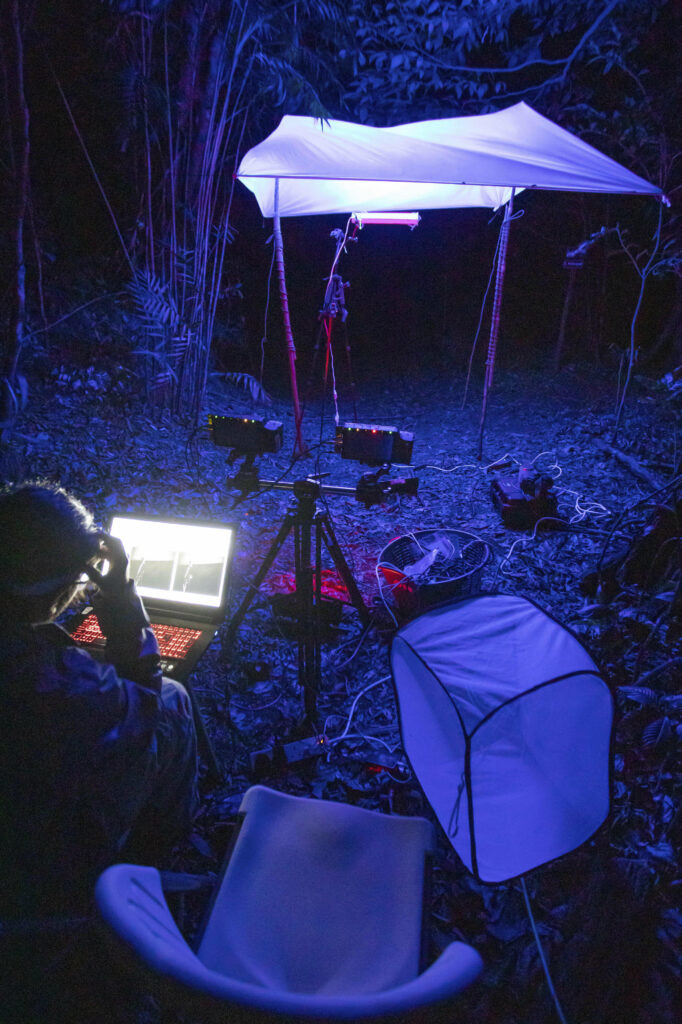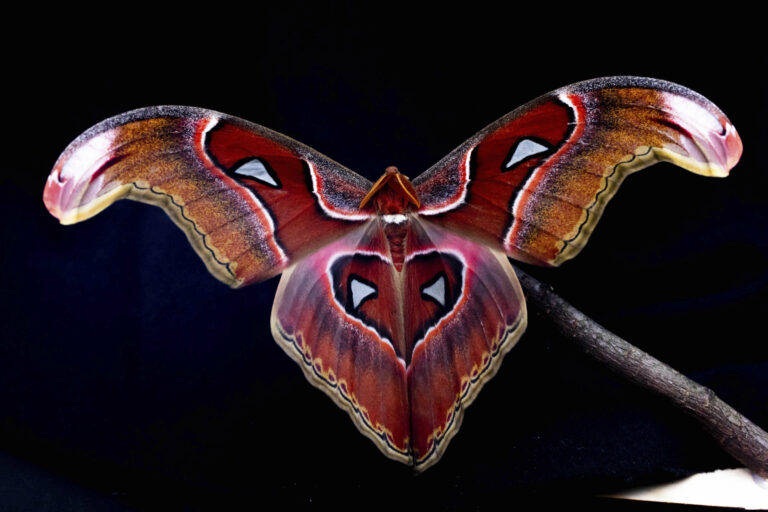Do Insects Tend Toward Light? Recent Research Indicates Confusion, Not a Fatal Attraction
Many scientists and poets have long believed that flying insects are irresistibly drawn to bright lights, like moths to a flame. However, a new study challenges this assumption. Instead of being attracted to light, researchers suggest that artificial lights at night may actually disrupt flying insects’ natural navigation systems, causing them to fly aimlessly around porch lamps, street lights, and other artificial beacons.
According to Tyson Hedrick, a biologist at the University of North Carolina, Chapel Hill, who was not involved in the research, insects face a navigational challenge. They are accustomed to using light as a reference point to determine their orientation. Instead of flying directly towards a light source, insects actually tilt their backs towards the light, as explained by Sam Fabian, an entomologist from Imperial College London and co-author of the study published in the journal Nature Communications.
This behavior would make sense if the strongest light source was in the sky. However, in the presence of artificial lights, it leads to confusion in midair rather than attraction. To investigate this phenomenon, researchers attached tiny sensors to moths and dragonflies in a laboratory setting, capturing “motion-capture” videos of their flight, similar to how filmmakers track actors’ movements using sensors.
Overall, this study challenges the long-held belief that flying insects are irresistibly drawn to bright lights. Instead, it suggests that artificial lights disrupt their natural navigation, causing them to flutter in confusion rather than being attracted to the light source.

In order to examine the behavior of insects around lights, the researchers utilized high-resolution cameras to capture footage of insects in motion at a field site located in Costa Rica. This method allowed them to conduct a detailed analysis of how dragonflies specifically would continuously circle around light sources, positioning themselves with their backs facing the beams. Additionally, the researchers documented instances where certain insects would flip upside down and often crash land when exposed to lights that shine directly upward, resembling search lights.
The study also revealed that bright lights shining directly downward had the least disruptive effect on insect flight, as observed by the researchers.
Avalon Owens, a Harvard entomologist who was not involved in the research, highlighted the fact that insects have historically relied on the contrast between a light sky and a dark ground to orient themselves. However, the introduction of artificial lights by humans has altered this natural orientation.
This article is republished from PhysORG under a Creative Commons license. Read the original article.
Do not forget to share your opinion with us to provide you with the best posts !




0 Comments